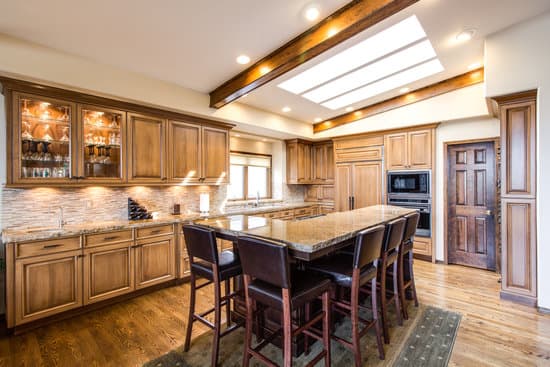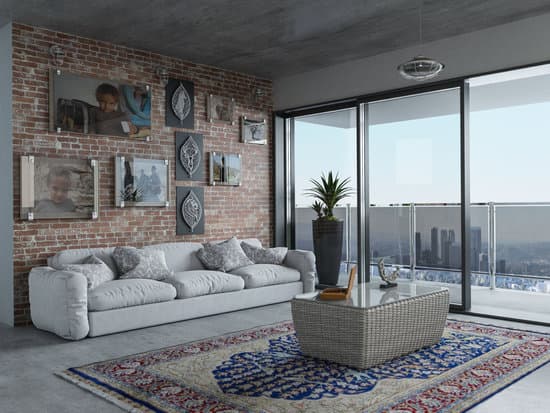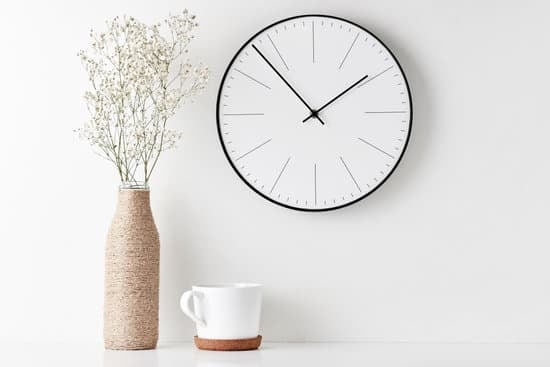The Y2K aesthetic: An Introduction
The turn of the millennium ushered in an era of technological advancement, and this was reflected not only in the innovation happening around us but also in the aesthetic of the time. Known as the Y2K (short for Year 2000) aesthetic, this dominant style characterized the last decade of the 20th century and the beginning of the 21st century. From the bloated, rounded typefaces and hyper-digital elements to the reflective metallics, gloss, and 3-D designs, the Y2K aesthetic was a visual representation of the excitement and optimism of the time.Y2K Aesthetic Elements: Rounded and Bloated Typefaces
One of the most distinct elements of the Y2K aesthetic was the use of rounded and bloated typefaces. The typography of the time was characterized by bubbly letters and exaggerated curves, with an emphasis on legibility and a playful feel. These typefaces, combined with bright colors and gradients, were often used to create logos, banners, and other design elements that aimed to catch the viewer’s attention and stand out. Key Point: The rounded and bloated typefaces of the Y2K aesthetic were a departure from the more traditional and structured typography that had dominated design in the previous decade.Y2K Aesthetic Elements: Hyper-Digital Features
The Y2K aesthetic was heavily influenced by the burgeoning digital era, and designers of the time sought to incorporate digital elements into their creations. This resulted in designs that were futuristic and ahead of their time, incorporating metallics, gloss, mirror, and 3-D effects. The use of these hyper-digital features was intended to evoke a sense of technological progress and innovation, and to create designs that felt connected to the digital world.- Metallics: Bold, reflective metallics were used to add shine to designs and create a futuristic feel.
- Gloss: High-gloss finishes were a popular choice for design elements such as buttons and logos, adding a polished and modern look to designs.
- Mirror: Mirrored surfaces and reflections were used to create depth and interest in digital designs, and to play with the viewer’s perception of space.
- 3-D: 3-D elements were used to add dimension and depth to designs, making them feel tangible and real.





















